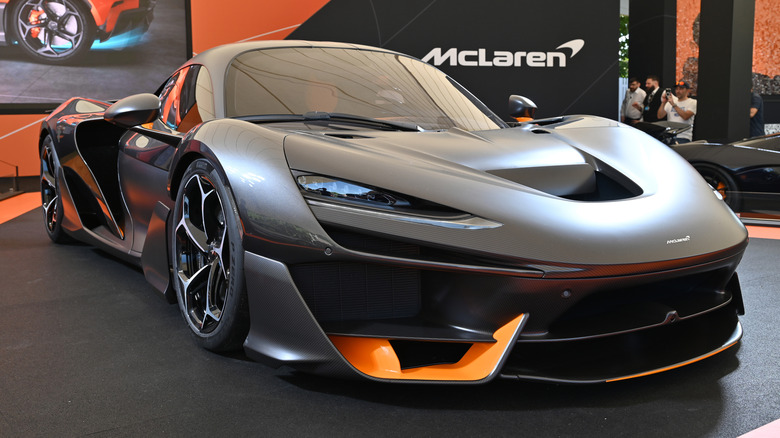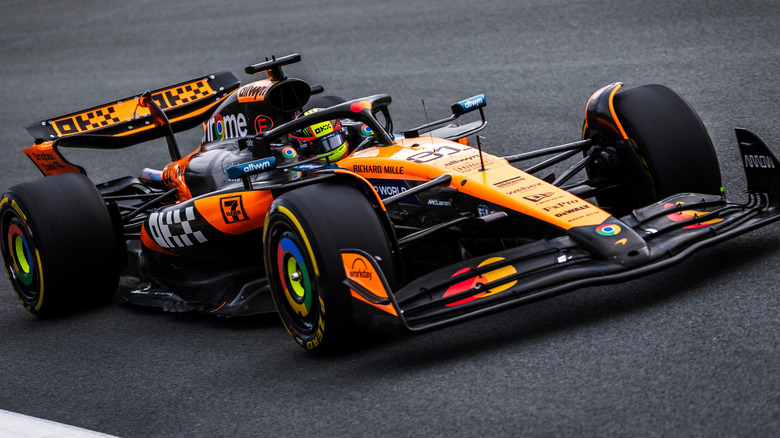Who Makes Engines For McLaren's Road Cars?
When it comes to Formula 1 racing, few brands are as popular or successful as McLaren. But beyond the history and championships on the racetrack, McLaren also has a reputation on the road, thanks to its high-performance sports cars. The engines in those cars are the direct result of a long-term collaboration with Ricardo, a British engineering firm. In fact, Ricardo has built every V6 and V8 engine for McLaren's road cars since 2011.
Since the partnership began, Ricardo has built over 38,000 powertrains for McLaren. Manufacturing takes place at Ricardo's facility in Shoreham-by-Sea, England, and from there, engines are sent to McLaren's production facility in Woking. Every McLaren is put together by hand with workers using advanced technology to assist in the process. The entire operation averages 22 cars rolling out from the factory each day.
The partnership between McLaren and Ricardo was extended in 2023 to cover the automaker's next generation of V8 engines. The engines are designed by McLaren's team and Ricardo adds its own touch before manufacturing begins. Used in the company's hybrid supercars, the V8 engine allows the $2.1 million McLaren W1 to go from 0 to over 124 miles per hour in only 5.8 seconds. It has a top speed of 217 miles per hour. The 750S hybrid also has the V8, and hits the 124 miles per hour mark in just over 7 seconds, with a top speed of 206 miles per hour.
The future of McLaren Formula 1 engines
McLaren's Formula 1 race cars feature engines built by Mercedes-AMG. The company, officially known as Mercedes-AMG High-Performance Powertrains, is located in Brixworth, England. McLaren's engines are built in the same facility that also develops Mercedes' own world championship motors. McLaren's history with Mercedes-AMG began back in the mid-1990s, and the current partnership between the two has been extended through 2030. This ensures that McLaren will continue to utilize Mercedes power under the hood.
While the McLaren F1 used real gold in its engine, the automaker's next generation of Formula 1 hybrid engines will be far more practical and sustainable. It's a new direction for the company when it comes to racing, though McLaren has taken a similar approach with its road cars. These new engines will produce more than 1,000 horsepower, with energy output split between traditional fuel and electric systems. Though it appears that McLaren is purely just a forward-thinking company, the truth is that they're also complying with updated Formula 1 racing standards.
Set to begin in 2026, those new standards require engines be a 50/50 hybrid by design, running in part on fully sustainable fuel. This means that battery output in McLaren Formula 1 cars will increase to 350 kilowatts as a result, allowing for double the energy recovered. The new hybrid system also includes a manual override, which gives drivers a burst of electric power so they can quickly overtake and pass other cars on the track.

